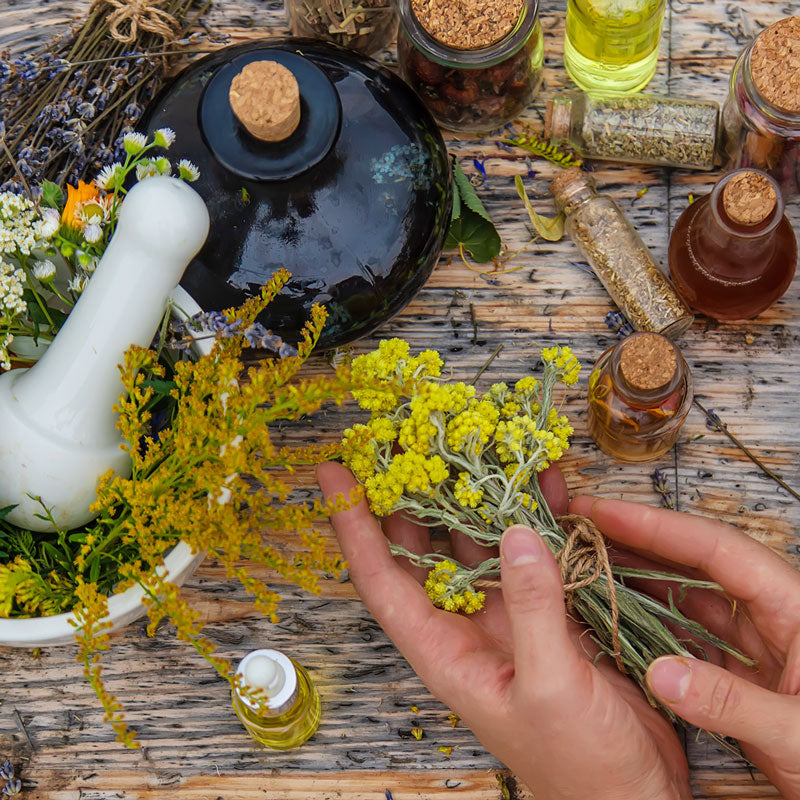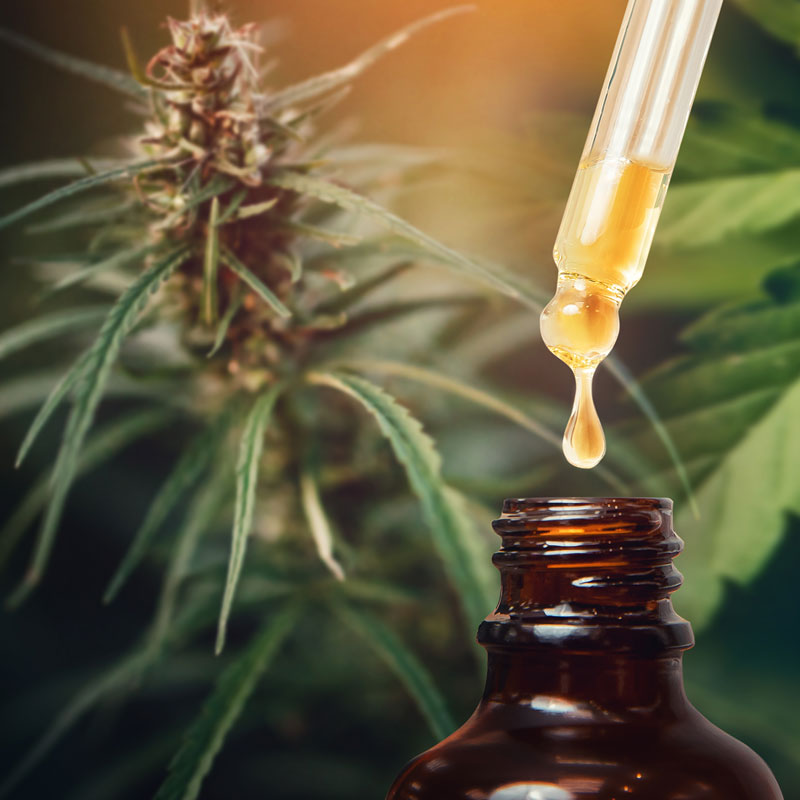Homemade Cedar Bark Tincture and Extract Recipe

Revered by Indigenous communities and traditional herbalists alike, cedar bark carries deep cultural and herbal significance. Known for its antimicrobial and respiratory-supportive properties, cedar bark has long been used in natural wellness for seasonal immunity, skin care, and ceremonial purposes. Whether used in steams, salves, or internal extracts, this evergreen offers powerful botanical benefits. This guide will walk you through how to make a high-quality cedar bark tincture at home using 200 proof food grade ethanol for potent, long-lasting results.
What is Cedar Bark?
Cedar bark generally refers to the inner bark and twigs of species in the *Thuja* genus—most commonly Thuja occidentalis (Northern White Cedar) in North America. Known as "Arborvitae" or "Tree of Life," cedar has been used by Native American healers for centuries. The fragrant bark and foliage contain powerful volatile oils and phenolic compounds that contribute to its therapeutic effects.
Cedar bark is typically harvested in small amounts from downed limbs or windfall, as overharvesting live trees can damage the plant. When foraging or sourcing cedar, ensure it’s from a clean, chemical-free area and that the species used is safe for internal use—cedar bark is the preferred variety for tincture-making under the guidance of knowledgeable practitioners.
Traditional Uses and Herbal Benefits of Cedar Bark
Cedar bark has traditionally been used for:
- Supporting respiratory health through its expectorant and antimicrobial effects
- Topical use for fungal infections, rashes, and minor wounds
- Purifying the air and body during seasonal detox or ceremonial cleansing
- Promoting immune system balance and defense during cold seasons
- Reducing inflammation in sore muscles or joints when used externally
Compounds such as thujone, borneol, and flavonoids contribute to cedar’s unique aroma and potent herbal effects. Because thujone can be toxic in large amounts, tincture use should remain moderate and informed.
How to Make a Cedar Bark Tincture at Home
Crafting a cedar bark tincture is a traditional way to preserve the beneficial properties of this tree in a shelf-stable, easy-to-use liquid. Using 200 proof food grade ethanol ensures a full-spectrum extraction of both aromatic oils and water-soluble compounds.
Storage and Shelf Life
When stored in amber bottles away from heat and sunlight, cedar bark tincture made with 200 proof food grade ethanol can last several years without losing potency. Make sure all containers are tightly sealed and properly labeled.
Final Thoughts
Cedar bark is a sacred and potent herbal ally. Whether used for wellness, ritual, or seasonal immune support, cedar bark offers a fragrant and powerful remedy rooted in centuries of herbal tradition. Making your own tincture using 200 proof food grade ethanol ensures that you capture the full strength and aromatic essence of this revered evergreen.

Disclaimer: This content is for informational and educational purposes only. Consult a professional before using tinctures for any specific application. Individual reactions may vary.









